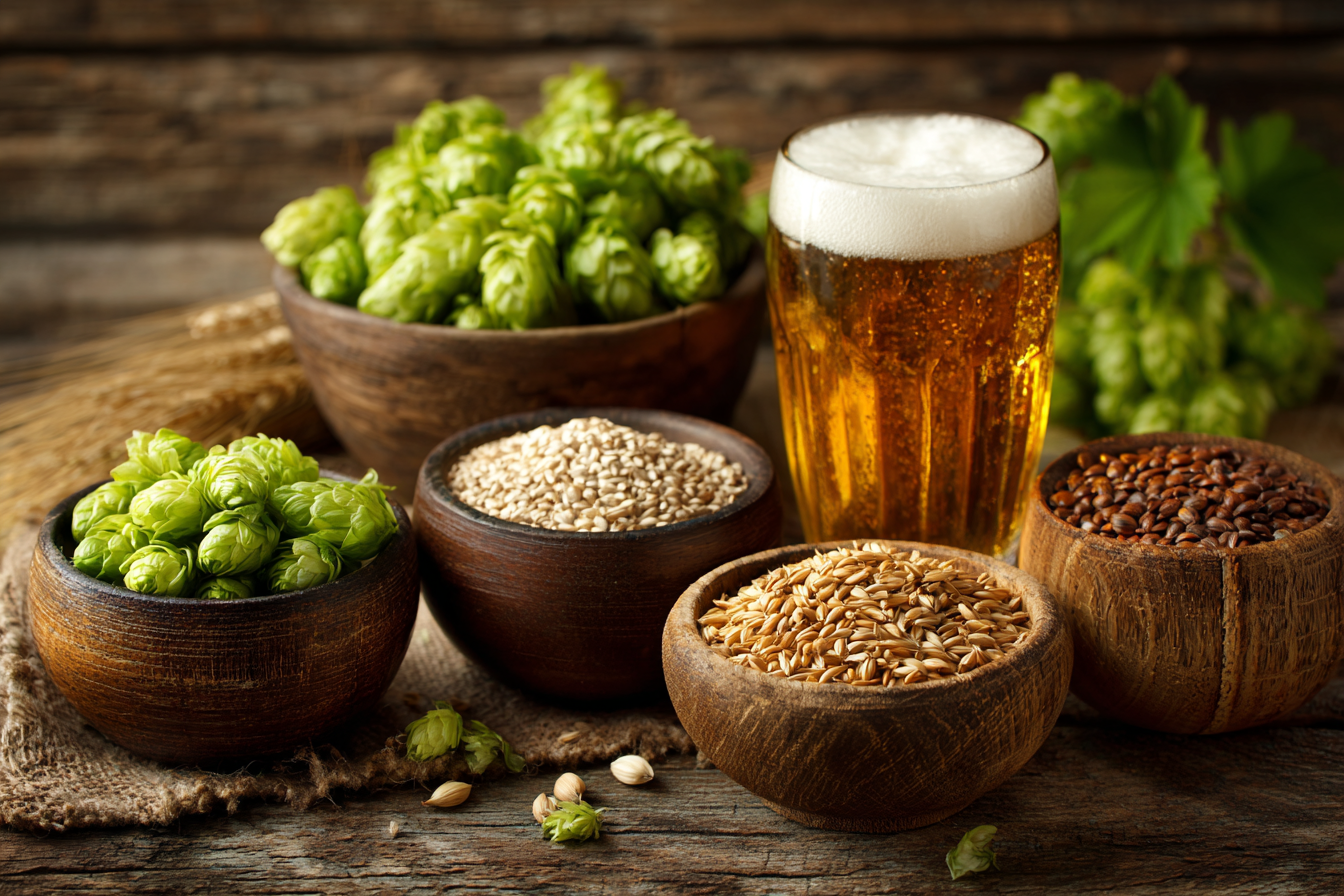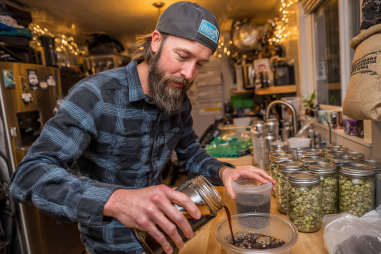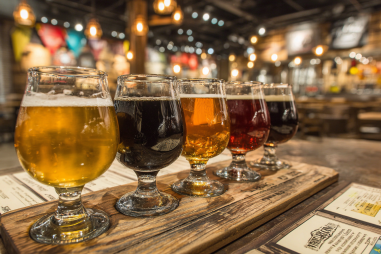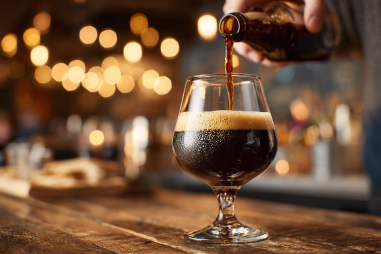Australian sparkling ales have carved out a distinctive niche in the world of craft beer, celebrated for their effervescent charm, refreshing taste, and lively complexity. Whether you’re a brewer eager to perfect your recipe or a beer lover curious about what goes into these vibrant brews, understanding the core ingredients is essential. Each component, from malt to hops, yeast, water, and adjuncts, plays a crucial role in creating that signature sparkle and flavor profile that sets Australian sparkling ales apart.
Introduction to Brewing Ingredient Fundamentals
At its heart, brewing is a harmonious dance between raw materials and skilled craftsmanship. The fundamental ingredients in any beer are fourfold: malt, hops, yeast, and water. Each ingredient contributes unique characteristics to the final product, combining to create the beer’s aroma, taste, mouthfeel, clarity, and carbonation. With Australian sparkling ales, brewers typically tweak these basics, choosing specific malts, hop varieties, yeast strains, and even adjuncts to achieve a lively, sparkling condition that delights the palate.
Malts Used in Australian Sparkling Ales
Malt is the backbone of any beer, providing fermentable sugars, flavor, color, and body. Australian sparkling ales tend to favor pale malts as their primary malt base to ensure a crisp, light foundation that complements the beer’s carbonation and delicate flavors. Commonly used malts include:
- Australian Pale Malt: Locally sourced and often less kilned than traditional malts, this malt lends a clean, slightly biscuity flavor with subtle sweetness, allowing the other ingredients to shine.
- Vienna and Munich Malts: These may be added in small amounts to introduce a touch of malt complexity and a hint of golden color, enhancing the ale’s depth without overpowering its brightness.
- Crystal or Caramel Malts: Used sparingly, these add a slight caramel sweetness and improved head retention, balancing the hop bitterness and enhancing mouthfeel.
The careful selection and balance of these malts are critical in building the foundation for an Australian sparkling ale, where the malt backbone should not overshadow the beer’s lively character.
Popular Hops Varieties and Their Impact
Hops contribute bitterness, aroma, and flavor, playing a vital role in the lively profile of Australian sparkling ales. Australia boasts a rich variety of hops that bring distinct citrus, floral, and fruity notes to the beer, complementing its sparkling quality. Popular hop varieties include:
- Galaxy: This flagship Australian hop is prized for its intense passionfruit and citrus flavors, delivering a tropical brightness that enlivens the ale.
- Citra: Known for its vibrant citrus and lime notes, Citra adds refreshing zest and balances malt sweetness.
- Vic Secret: A more recent addition, Vic Secret provides pine and tropical fruit aromas with a subtle bitterness that supports a crisp finish.
- Ella: Offering floral and sweet fruity characters, Ella hops help round out hop aroma and add complexity.
Brewers often use a combination of these hops in both bittering and late-stage additions to layer bitterness and aroma, enhancing the sparkling ale’s overall vibrancy and drinkability.
Yeast Strains and Fermentation Nuances
Yeast is the living engine of brewing, responsible for fermentation and carbon dioxide production that gives sparkling ales their signature fizz. In Australian sparkling ale brewing, yeast choice is key not only to alcohol production but also to flavor and aroma development. Common yeast-related considerations include:
- Ale Yeasts with Clean Profiles: Many brewers opt for neutral ale yeast strains that allow malt and hop flavors to stand out while producing a crisp finish.
- Australian Specific Yeasts: Some local strains impart subtle fruity esters and enhance the hop aroma, complementing the tropical hop varieties.
- Secondary Fermentation: To achieve that sparkling quality, many Australian sparkling ales undergo a secondary fermentation, either in the bottle or tank, which increases carbonation and can add depth to the mouthfeel.
Managing fermentation temperature and yeast health is also essential, as it affects both flavor clarity and the liveliness of the carbonation—two hallmarks of a proper sparkling ale.
Water and Its Role in Brewing Sparkling Ale
Water quality is often underrated but fundamentally important in brewing, significantly influencing the final taste and mouthfeel. Australian water sources vary regionally, but successful sparkling ale brewers often adjust water chemistry to suit the style. Key aspects include:
- Soft to Moderately Hard Water: A softer water profile enhances malt sweetness and hop aroma without contributing harshness, fitting the style’s balance.
- Mineral Adjustments: Brewers tweak sulfate levels to accentuate hop bitterness and carbonation crispness, while chloride levels are controlled to round malt flavors.
- pH Optimization: Maintaining an optimal mash pH (typically around 5.2–5.6) helps enzymatic activity during mashing and influences the beer’s final clarity and flavor.
Water’s mineral balance can be particularly impactful in sparkling ales, where clarity and a clean, crisp finish are paramount.
Adjuncts and Natural Flavor Enhancers
While traditional sparkling ales primarily rely on malt, hops, yeast, and water, Australian brewers sometimes incorporate adjuncts or natural flavor enhancers to elevate complexity or complement the beer’s refreshing qualities. Common adjuncts include:
- Wheat or Oats: Adding small amounts improves head retention and contributes a silky mouthfeel that amplifies the ale’s smoothness.
- Citrus Peels or Native Botanicals: Ingredients like lemon myrtle, finger lime, or eucalyptus provide unique regional flavors and aromas, lending an unmistakable Australian character.
- Honey or Natural Sugars: Occasionally used to boost carbonation during bottle conditioning and add subtle sweetness without heaviness.
These adjuncts are carefully measured to enhance rather than overwhelm, ensuring the sparkling ale remains refreshing and balanced.
How Ingredient Sourcing Affects Beer Quality
The quality and provenance of ingredients profoundly influence the final beer. Australian sparkling ale brewers often take pride in sourcing local ingredients, which contributes freshness and authenticity:
- Locally Grown Malts: Using Australian barley malt ensures the grain’s flavor profile matches regional brewing goals and supports sustainable practices.
- Fresh-Hop Harvests: Utilizing hops harvested nearby ensures peak aroma and potency, critical for that vibrant hop character in sparkling ales.
- Water Purity and Consistency: Breweries often invest in filtering and treating water to meet precise brewing standards, guaranteeing batch-to-batch consistency.
- Yeast Maintenance: Maintaining pure and vigorous yeast cultures assures predictable fermentation and the best flavor outcomes.
Ultimately, choosing high-quality, well-matched ingredients directly elevates the vibrancy, clarity, and overall enjoyment of Australian sparkling ales.
The Building Blocks of Australian Sparkling Ale
Crafting a memorable Australian sparkling ale requires a keen understanding of how each ingredient shapes the beer’s character. From the selection of light, crisp malts to the bold and aromatic Australian hops, from lively yeast strains that ensure perfect effervescence to balanced water chemistry, every element serves a purpose. Whether enhanced by subtle adjuncts or enriched by local sourcing practices, these ingredients come together to create a beer that sparkles not just in appearance but in flavor and drinkability. For brewers and beer enthusiasts alike, appreciating these building blocks enhances the experience of enjoying one of Australia’s shining contributions to craft beer culture.







